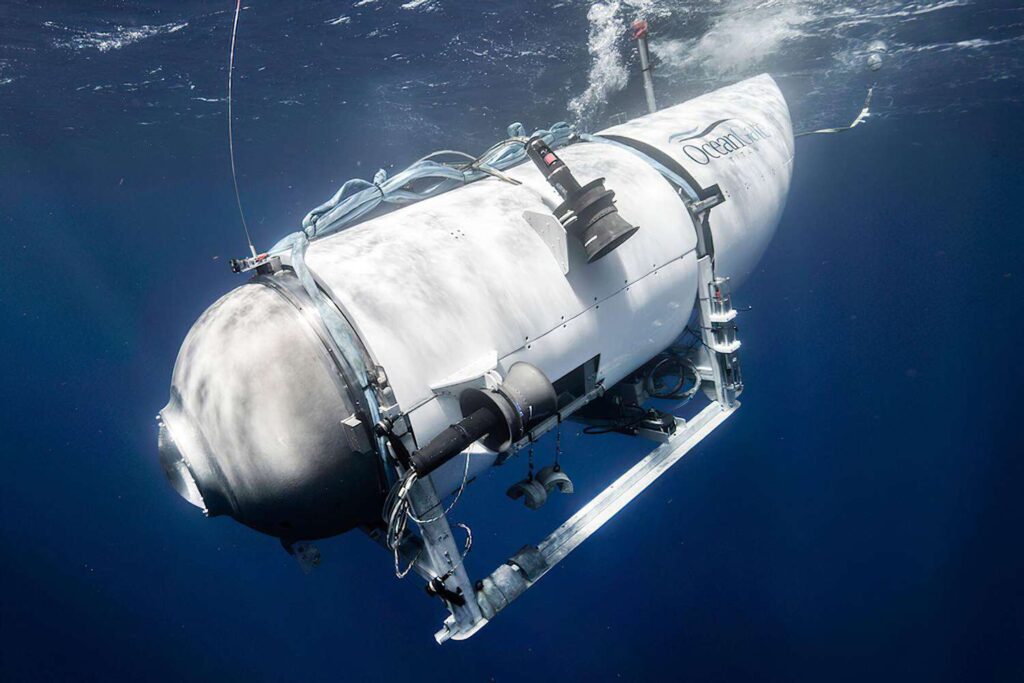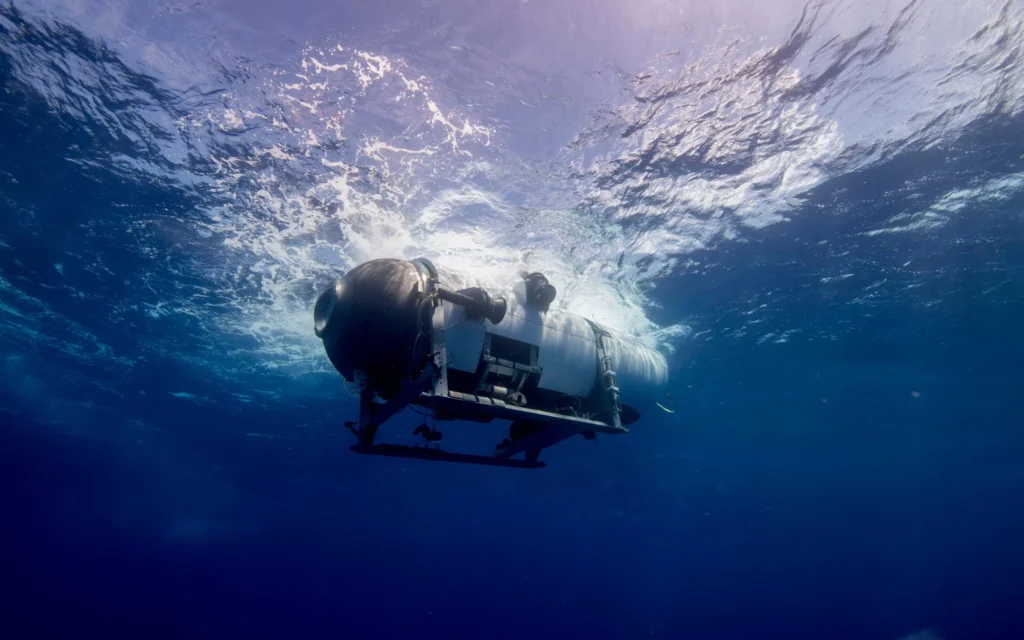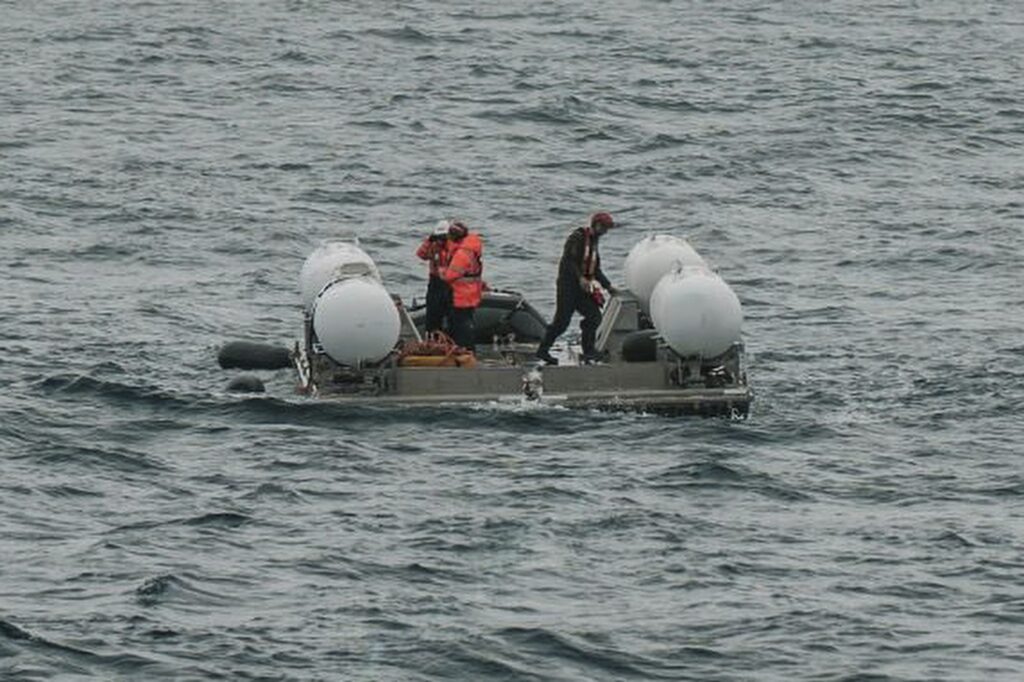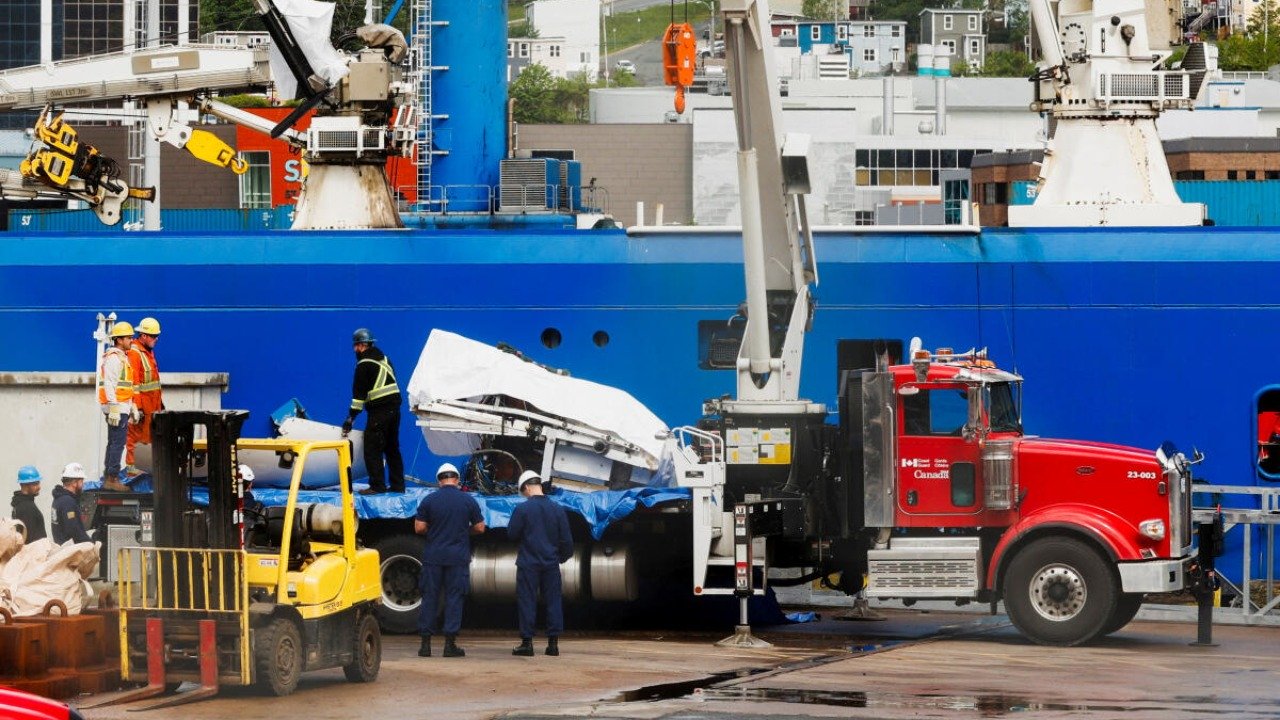The Tragic Fate of Titan: A Detailed Exploration into the Deep Sea Catastrophe

June 19th began a daring underwater journey, exploring the mysteries hidden within the northwestern Atlantic. The mission was aimed at uncovering the secrets of the long-submerged Titanic wreckage.
At the helm of the mission was OceanGate‘s Titan submersible, an undersea vehicle designed to withstand intense hydrostatic pressures of up to 3,800 meters beneath the surface. However, the ambitious journey ended in disaster when Titan violently imploded under the immense pressure of the deep sea.
Understanding the Key Difference: Submersibles vs. Submarines
Before delving into the catastrophe, it’s crucial to grasp the differences between a submersible like the Titan and a submarine. While they may seem similar, their functionalities are distinct.
Submersibles like the Titan are usually launched from a larger vessel, the ‘mother ship.’ They conduct their assigned tasks underwater, after which they’re hoisted back onto the mother ship.
On the contrary, submarines are designed to dive and resurface autonomously without needing external support, courtesy of their integrated buoyancy control systems.
Examining the Doomed Titan: A Wonder of Underwater Engineering

At first glance, the Titan boasted an impressive and innovative design. Despite its compact size, it could accommodate up to five individuals, including one pilot and four passengers. It weighed around 21,000 pounds, and its cylindrical shape was designed to optimize space, allowing it to hold more passengers.
The Titan was engineered to descend at an approximate rate of 55 meters per minute and was designed to withstand a crushing pressure equivalent to 366 Earth atmospheres at its target depth.
Carbon Fiber: A Boon or a Bane?
OceanGate’s decision to build the Titan’s hull from carbon fiber instead of traditional materials such as steel or titanium was considered an innovative step in undersea engineering.
The carbon fiber offered a favorable strength-to-buoyancy ratio, seemingly making it an ideal material choice. But this choice came with inherent risks.
The behavior of carbon fibers under extreme deep-sea pressure is poorly understood, especially when withstanding repeated stress and compression cycles. Unfortunately, the Titan served as a grave testament to these limitations.
The Catastrophic Descent

The day of the ill-fated dive began like any other. The Titan started its descent into the murky depths of the ocean. But shortly into the dive, things took a turn for the worst.
Alarms began to ring inside the Titan. Despite no change in thrust, the descent speed began to increase, and there were reports of a crackling noise originating from the rear end of the submersible.
Efforts were made to troubleshoot the problems, but the alarming signals only intensified. Eventually, the support vessel, the Polar Prince, lost all contact with the Titan, marking the tragic end of the submersible and its crew.
Overlooked Warnings and Disregard for Safety
The tragedy of the Titan was not a sudden or unpredictable event. In the days and months leading up to the incident, OceanGate had received several warnings about potential safety issues linked to the lack of third-party scrutiny of Titan’s design and construction.
However, these warnings were largely dismissed as time-consuming and detrimental to innovation. Even more concerningly, questions were raised about the decision to use a batch of carbon fiber purchased at a significant discount due to its expired shelf-life. This factor may have introduced critical material flaws into the submersible’s construction.
Conclusion: An Unanswered Riddle of the Deep Sea
The Titan’s devastating implosion may have shocked many, but the ignored warnings and overlooked signs suggest that this disaster was not entirely unforeseen.
The decision to use carbon fiber and the disregard for third-party safety inspections have raised concerns about the safety practices in undersea exploration and the rush to push boundaries at the cost of human lives.
As the investigation into the disaster continues, one question remains: Was using carbon fiber a groundbreaking innovation or a reckless gamble that resulted in an irreparable loss?









